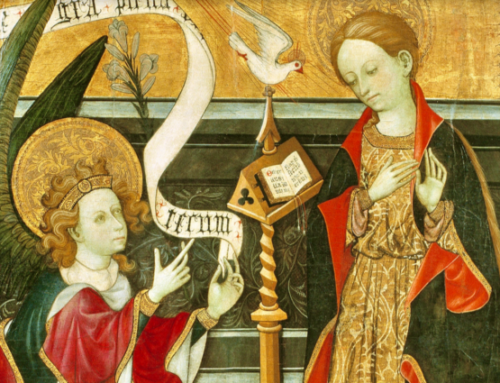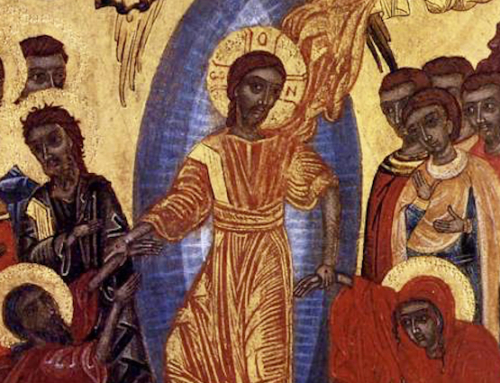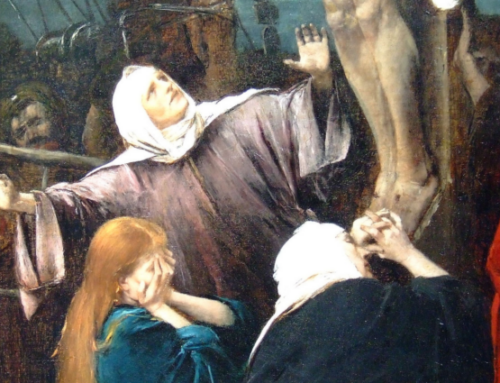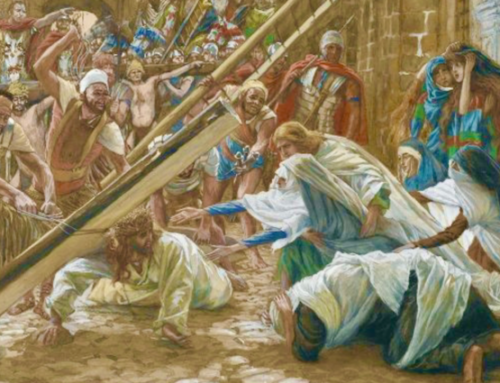American composer Paul Creston’s Symphony No. 3 is composed of three movements, each depicting one of the mysteries of the life of Christ: “The Nativity,” “The Crucifixion,” and “The Resurrection.” Here is more from the Naxos recording of this work:
In his Symphony No.3 Creston expressed his deep religious feelings in an orchestral Life of Christ. Premiered by Eugene Ormandy and the Philadelphia Orchestra on 27th October 1950, virtually all of the major themes are derived from or inspired by Gregorian chant. The symphony opens with a poetic evocation of night. The movement’s main theme is introduced by the horn and is derived from an ancient Gregorian Alleluia. A more dance-like episode follows, with the horn continuing its development of the Alleluia theme, answered antiphonally by the winds. This is followed by a more pastoral episode, featuring solos from the woodwind. The dance material reappears, ending with a series of joyous restatements of the Alleluia theme.
The Imaginative Conservative applies the principle of appreciation to the discussion of culture and politics—we approach dialogue with magnanimity rather than with mere civility. Will you help us remain a refreshing oasis in the increasingly contentious arena of modern discourse? Please consider donating now.
The featured image is “Adoration of the Shepherds” (circa 1635-1640) by Matthias Stom (Stromer), and is in the public domain, courtesy here of Wikimedia Commons. It is has been brightened for clarity.








This is a fine work of American classical music that should be better known.
Thanks to Naxos for recording such works of frequently overlooked composers.